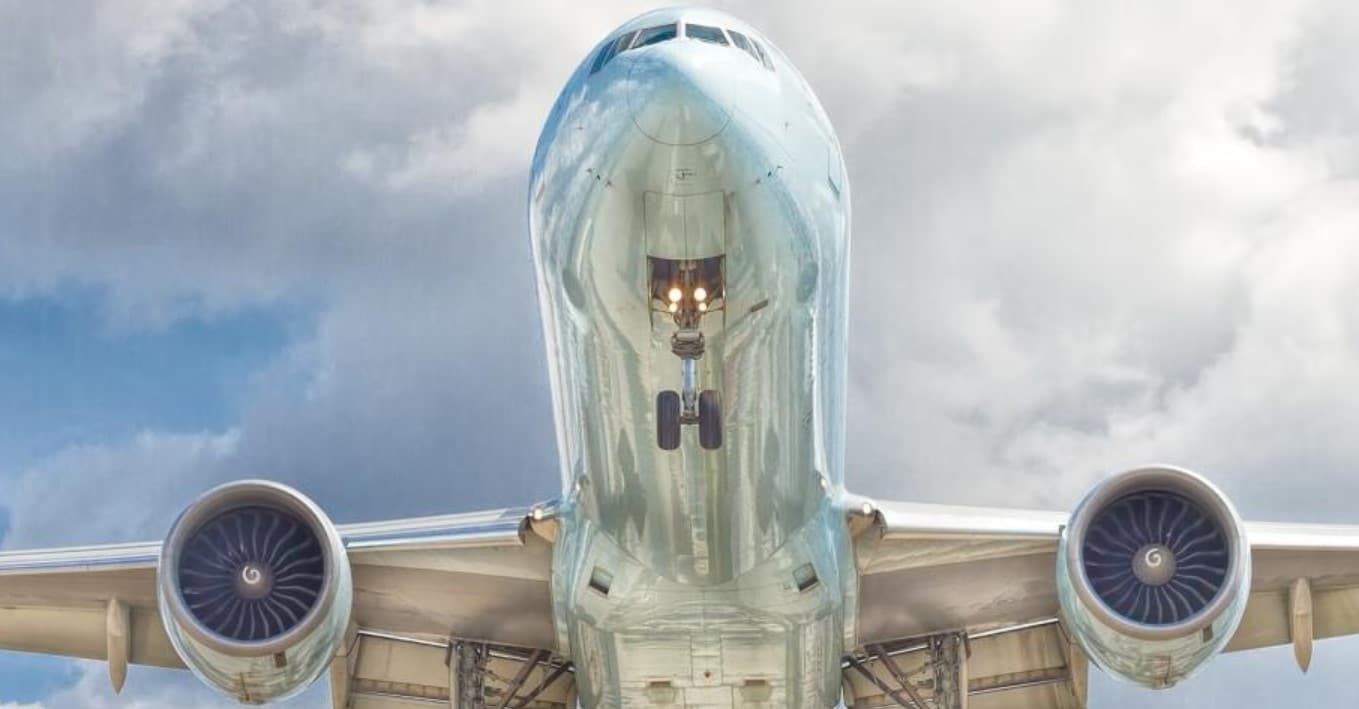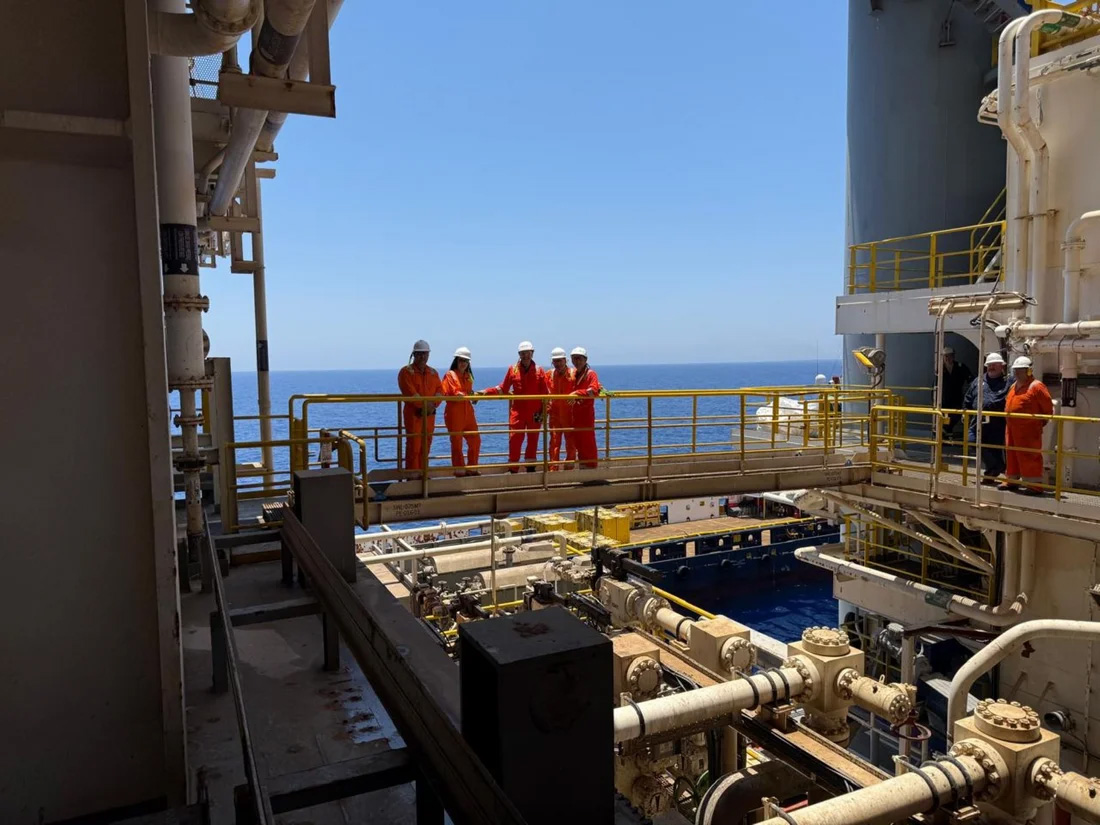Global air travel revenues surged in 2024, with passenger numbers reaching a record 4.89 billion as demand rose 10.4 per cent over the previous year, exceeding pre-pandemic levels by 3.8 per cent.
This growth pushed the overall load factor to 83.5 per cent, signalling a strong recovery and renewed global appetite for travel, according to the International Air Transport Association (IATA).
The association, which represents about 340 airlines covering more than 80 per cent of global air traffic, had forecasted passenger numbers for the year.
The 4.89 billion passengers recorded in 2024 compared with 4.44 billion in 2023 and 4.54 billion in 2019.
In stark contrast, air travel collapsed to just 1.78 billion passengers in 2020 at the height of the health crisis.
The year saw total capacity, measured in available seat kilometres (ASK), expand by 8.7 per cent, contributing to a significant boost in revenue passenger kilometres (RPKs).
The upward trend continued through December, with demand rising 8.6 per cent year-on-year and capacity growing by 5.6 per cent.
Internationally, the full-year traffic increase was notable at 13.6 per cent, and the domestic sector wasn’t far behind with a 5.7 per cent rise.
Willie Walsh, IATA’s Director General, commented on the year’s performance, saying, “2024 made it absolutely clear that people want to travel.”
He continued, “With 10.4 per cent demand growth, travel reached record numbers domestically and internationally.”
“Airlines met that strong demand with record efficiency,” Walsh added. “On average, 83.5 per cent of all seats on offer were filled—a new record high, partially attributable to the supply chain constraints that limited capacity growth.”
Walsh further explained, “Aviation growth reverberates across societies and economies at all levels through jobs, market development, trade, innovation, exploration, and much more.”
Looking ahead, Walsh sees sustained growth, even if at a moderated pace. He stated, “Looking to 2025, there is every indication that demand for travel will continue to grow, albeit at a moderated pace of 8.0 per cent that is more aligned with historical averages.”
He added, “The desire to partake in the freedom that flying makes possible brings some challenges into sharp focus.”
Reflecting on recent events, Walsh remarked, “First, the tragic accident in Washington last night reminds us that safety needs our continuous efforts.”
He said, “Our thoughts are with all those affected. We will never cease our work to make aviation ever safer.”
In addition to safety, environmental sustainability remains a critical agenda for the future. Walsh emphasised the industry’s eco-friendly initiatives, particularly the push for Sustainable Aviation Fuel (SAF).
He mentioned that the second is the airlines’ firm commitment to achieve net zero carbon emissions by 2050.
He revealed, “While airlines invested record amounts in purchases of Sustainable Aviation Fuel (SAF) in 2024, less than 0.5 per cent of fuel needs were met with SAF” and pointed out that “SAF is in short supply and costs must come down.”
Walsh also urged governmental action, suggesting, “Governments could fortify their national energy security and unblock this problem by prioritising renewable fuel production from which SAF is derived.”
He concluded, “In addition to securing energy supplies and increasing the SAF supply, diverting a fraction of the subsidies given for fossil fuel extraction to support renewable energy capacity would also boost prosperity through economic expansion and job creation.”
Regionally, Asia-Pacific airlines led with a strong year-over-year growth rate, though international traffic still lagged 2019 figures.
European and North American carriers also saw significant gains, contributing to a buoyant international market.
On the domestic front, China demonstrated robust growth, while India boasted the highest load factor despite a slight decrease.







Click here to change your cookie preferences